To aid in my understanding of wavelets, during the first months I started studying this subject I wrote a couple of scripts to both compute wavelet coefficients of a given pgm gray-scale image (the decoding script), and recover an approximation to the original image from a subset of those coefficients (the coding script). I used OCaml, a multi-paradigm language: imperative, functional and object-oriented.
The decoding script uses the easiest wavelets possible: the Haar functions. As it was suggested in the article "Fast wavelet techniques for near-optimal image processing", by R. DeVore and B.J. Lucier, rather than computing the actual raw wavelet coefficients, one computes instead a related integer value (a code). The coding script interprets those integer values and modifies them appropriately to obtain the actual coefficients. The storage of the integers is performed using Huffman trees, but I used a very simple one, not designed for speed or optimization in any way.
Following a paper by A.Chambolle, R.DeVore, N.Y.Lee and B.Lucier, "Non-linear wavelet image processing: Variational problems, compression and noise removal through wavelet shrinkage", these scripts were used in two experiments later on: computation of the smoothness of an image, and removal of Gaussian white noise by the wavelet shrinkage method proposed by Donoho and Johnstone in the early 90's.




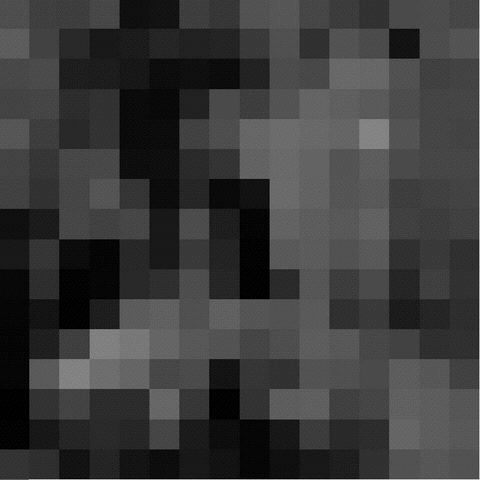



Progressive reconstruction of a grey-scale image of size 1024 x 1024 with the largest (in absolute value) 2n coefficients, n = 1,2,…,8
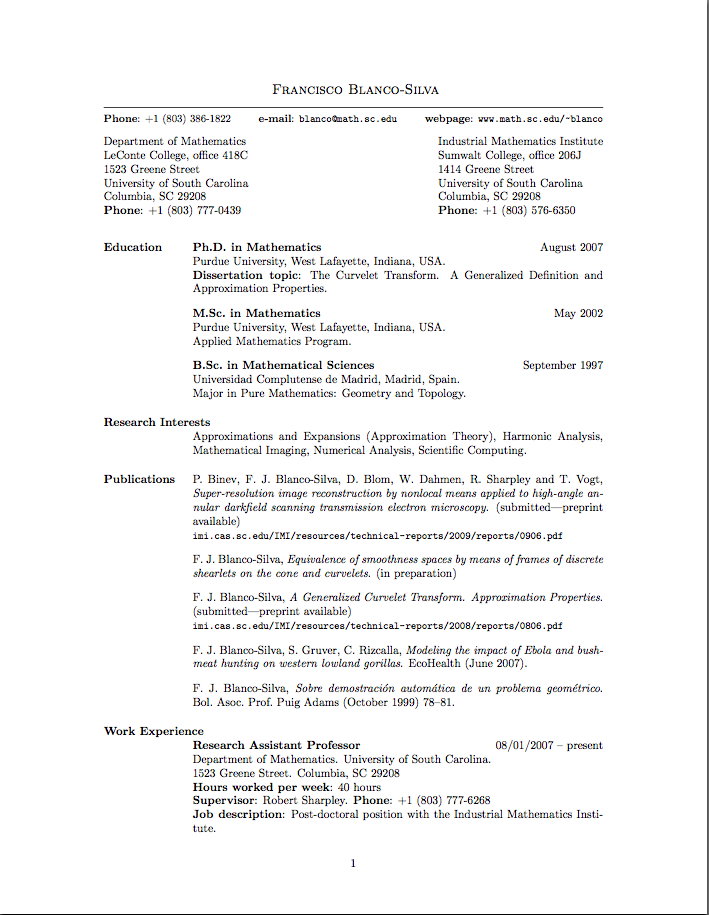
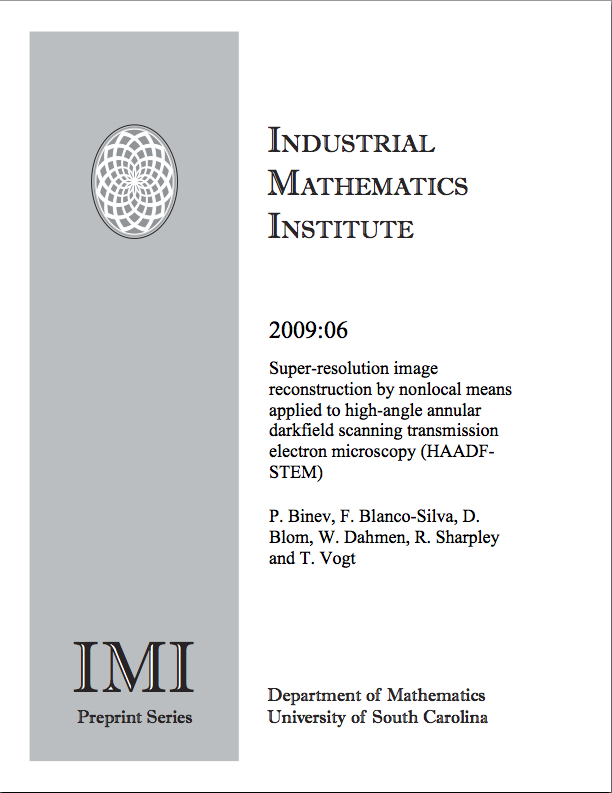
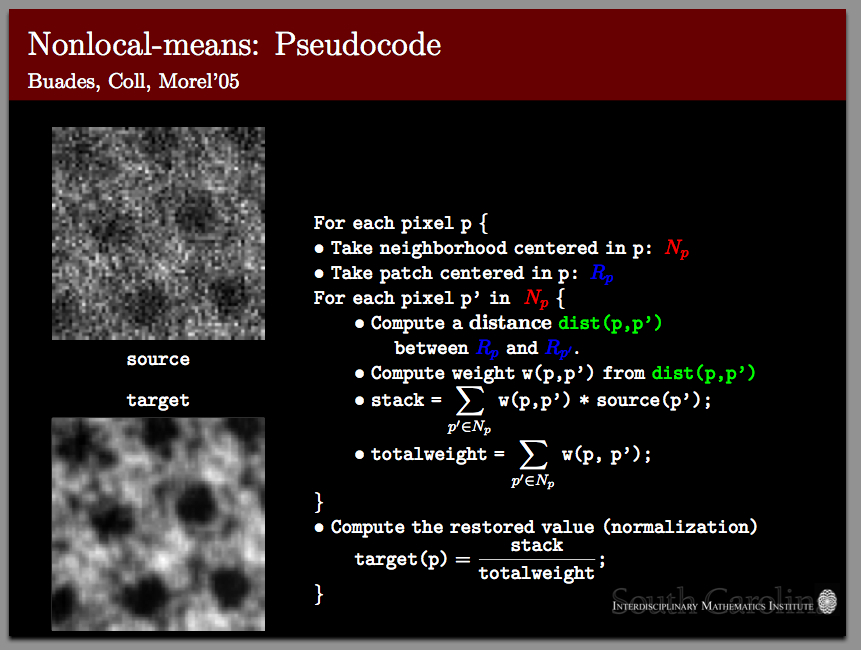
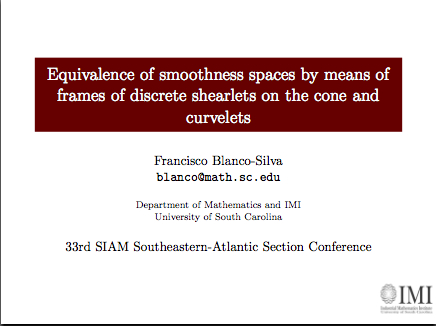


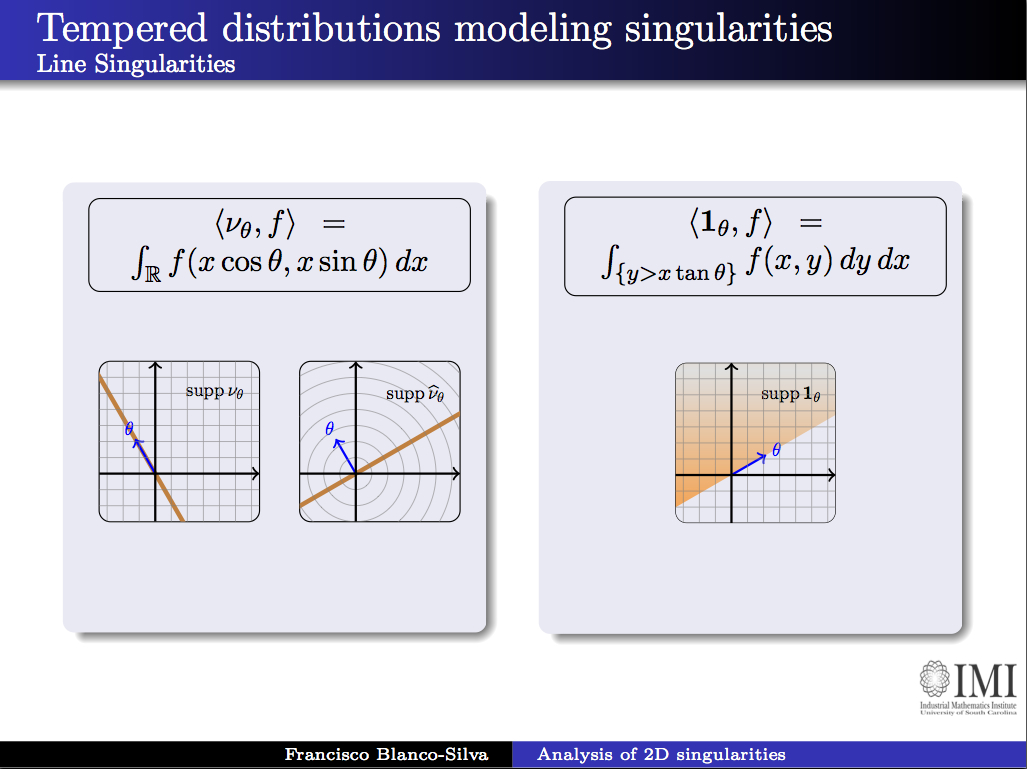
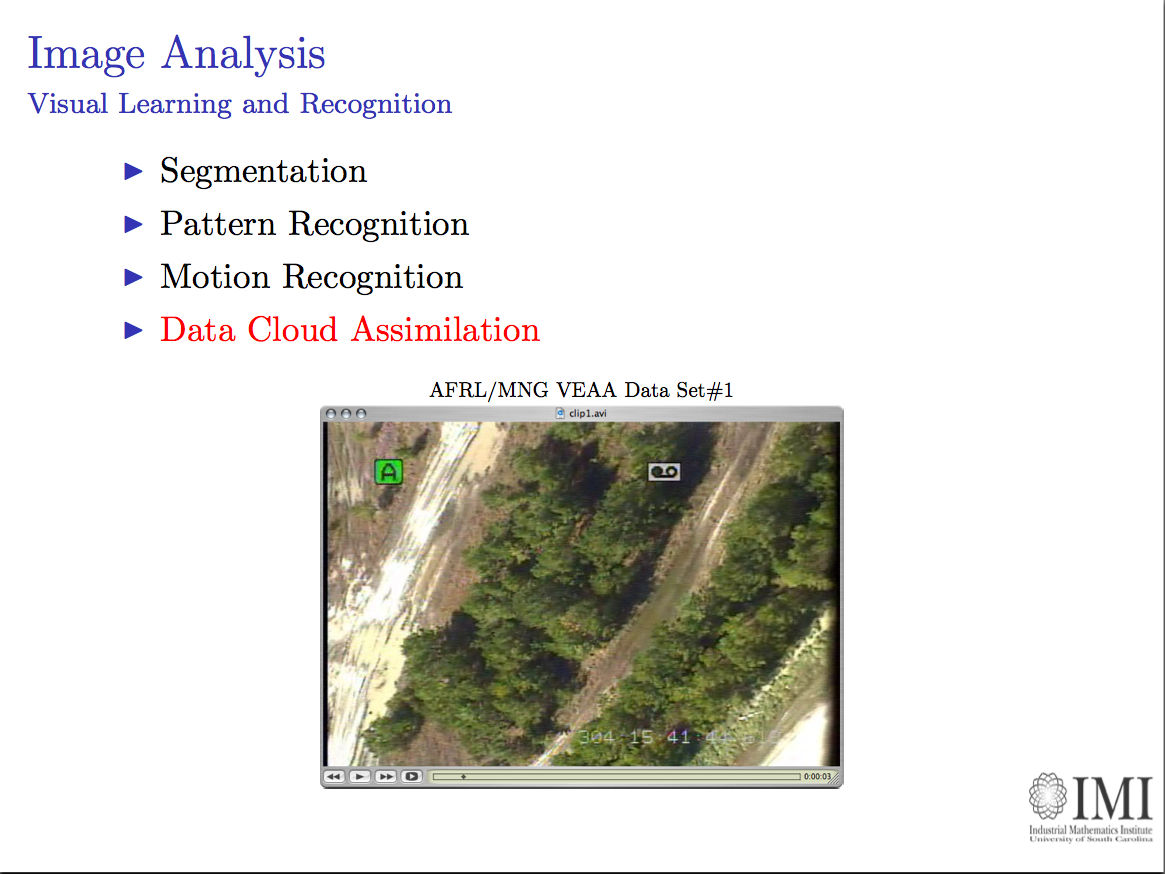
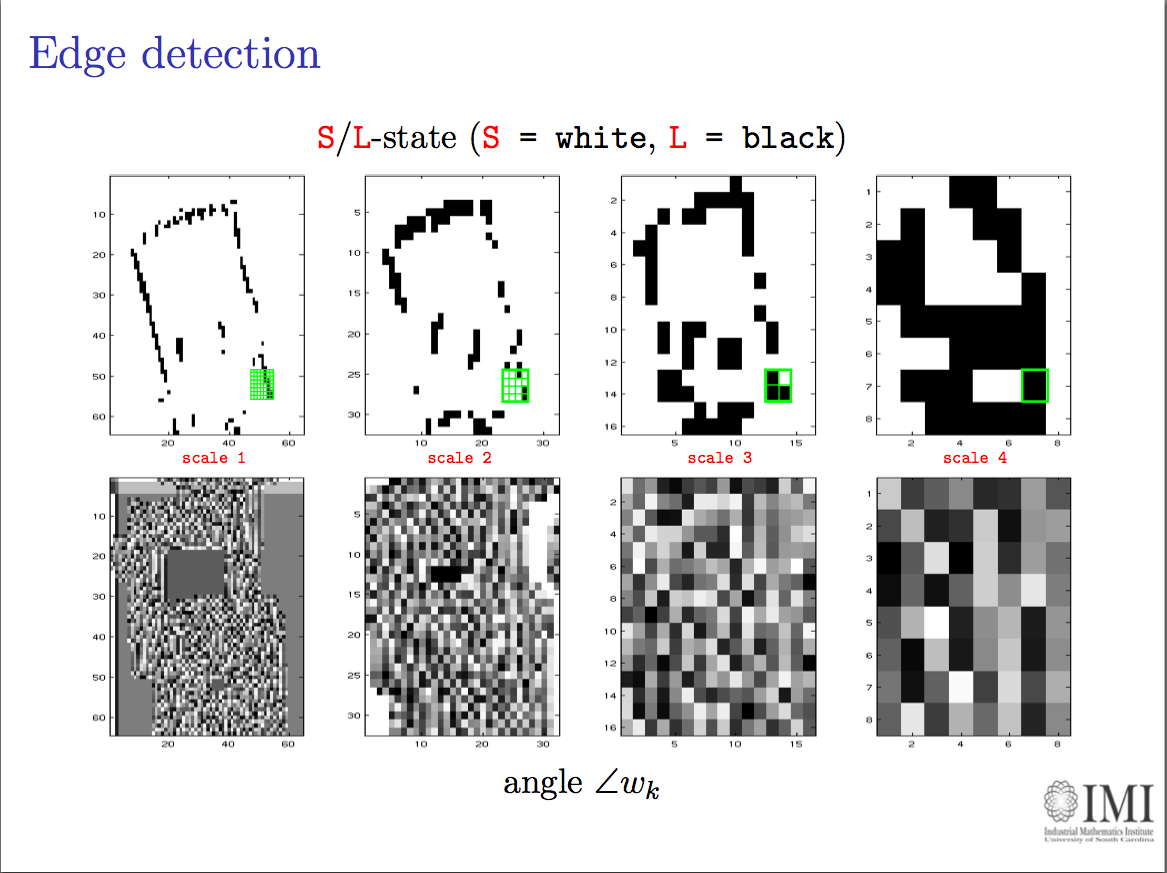
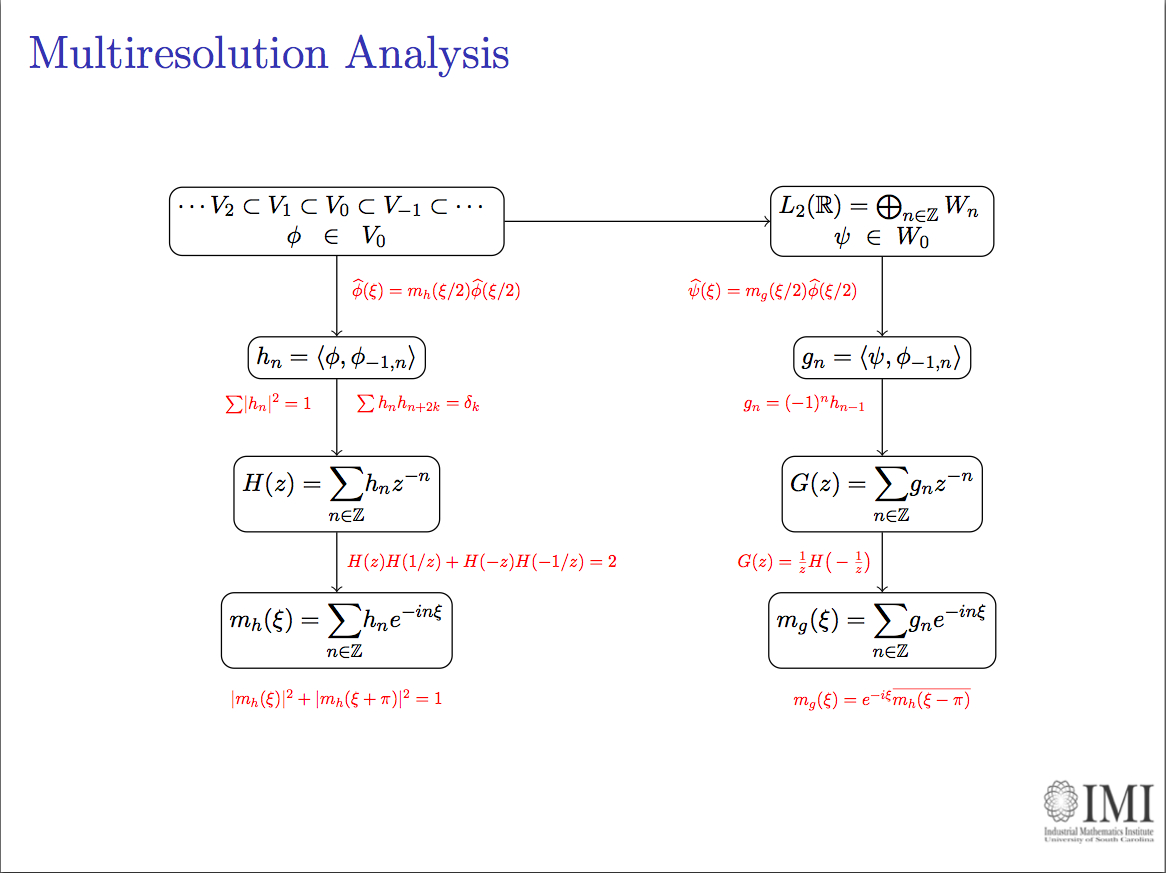

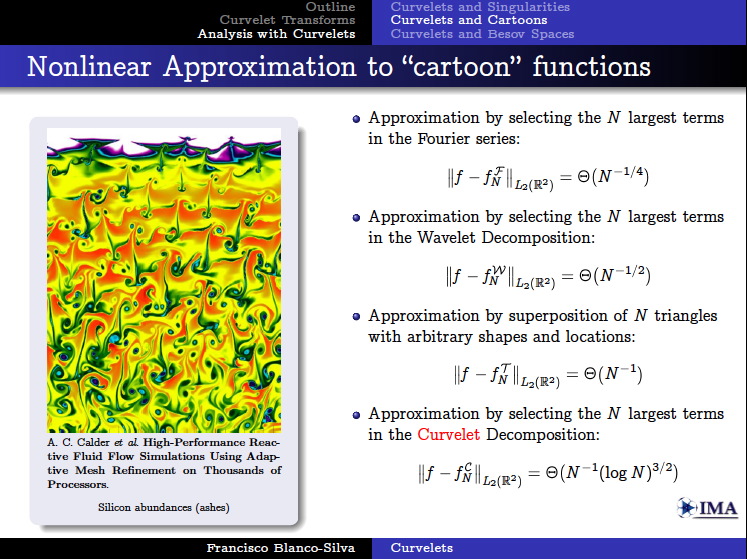
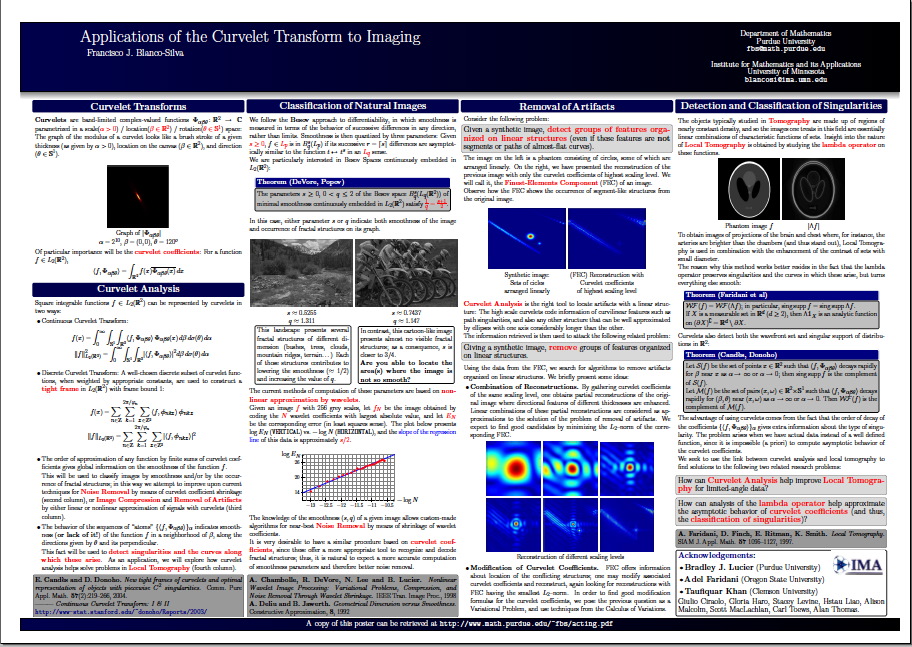
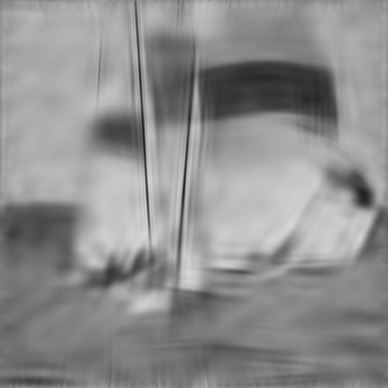





No comments:
Post a Comment